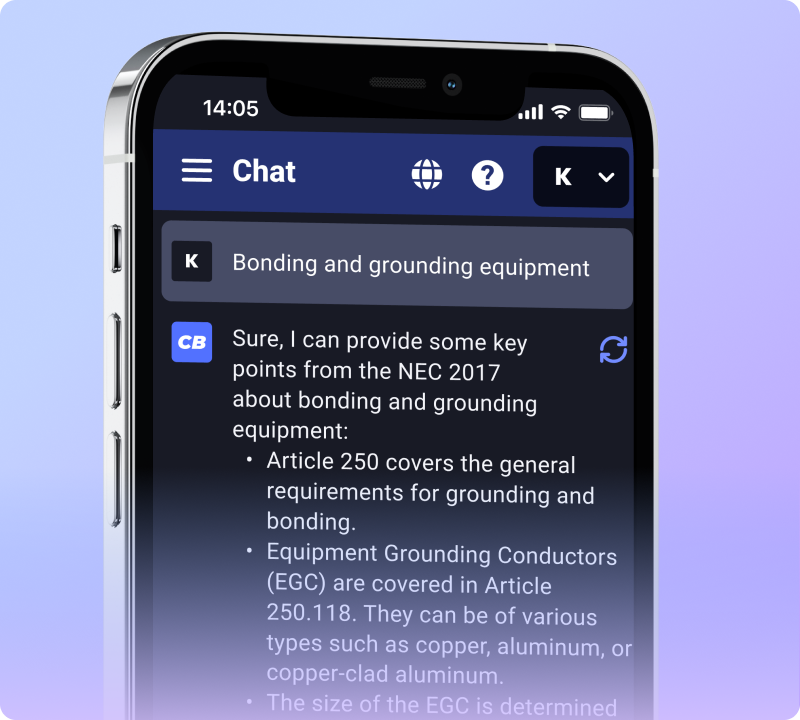Determining the correct amount of wire to leave out of an electrical box is crucial for safe and effective electrical installations. This guide provides electricians, from apprentices to master electricians, with the necessary information to ensure their work complies with the National Electrical Code (NEC).
Importance of Correct Wire Length
The right length of wire not only facilitates easier connections and future maintenance but also reduces the risk of wire damage and electrical hazards.
NEC Standards for Wire Length
The National Electrical Code specifies the minimum amount of wire that should be left out of an electrical box for safe and effective work.
Minimum Length Requirements
- The NEC generally requires at least 6 inches of free conductor, measured from the point where the wires enter the box.
- At least 3 inches of wire should extend outside the box.
Factors Influencing Wire Length
- The size of the electrical box: Larger boxes may require longer wires for comfortable maneuvering.
- The type of installation: Different installations, such as switches, outlets, or fixtures, might need varying lengths for effective connection.
Practical Tips for Electricians
- Always measure wire lengths before cutting to ensure compliance and minimize waste.
- Leave extra length for troubleshooting and future modifications.
Conclusion
Leaving the correct length of wire out of an electrical box is a key practice for safety and efficiency in electrical installations. By adhering to NEC guidelines and utilizing resources like Code Buddy, electricians can ensure their work is up to standard.


